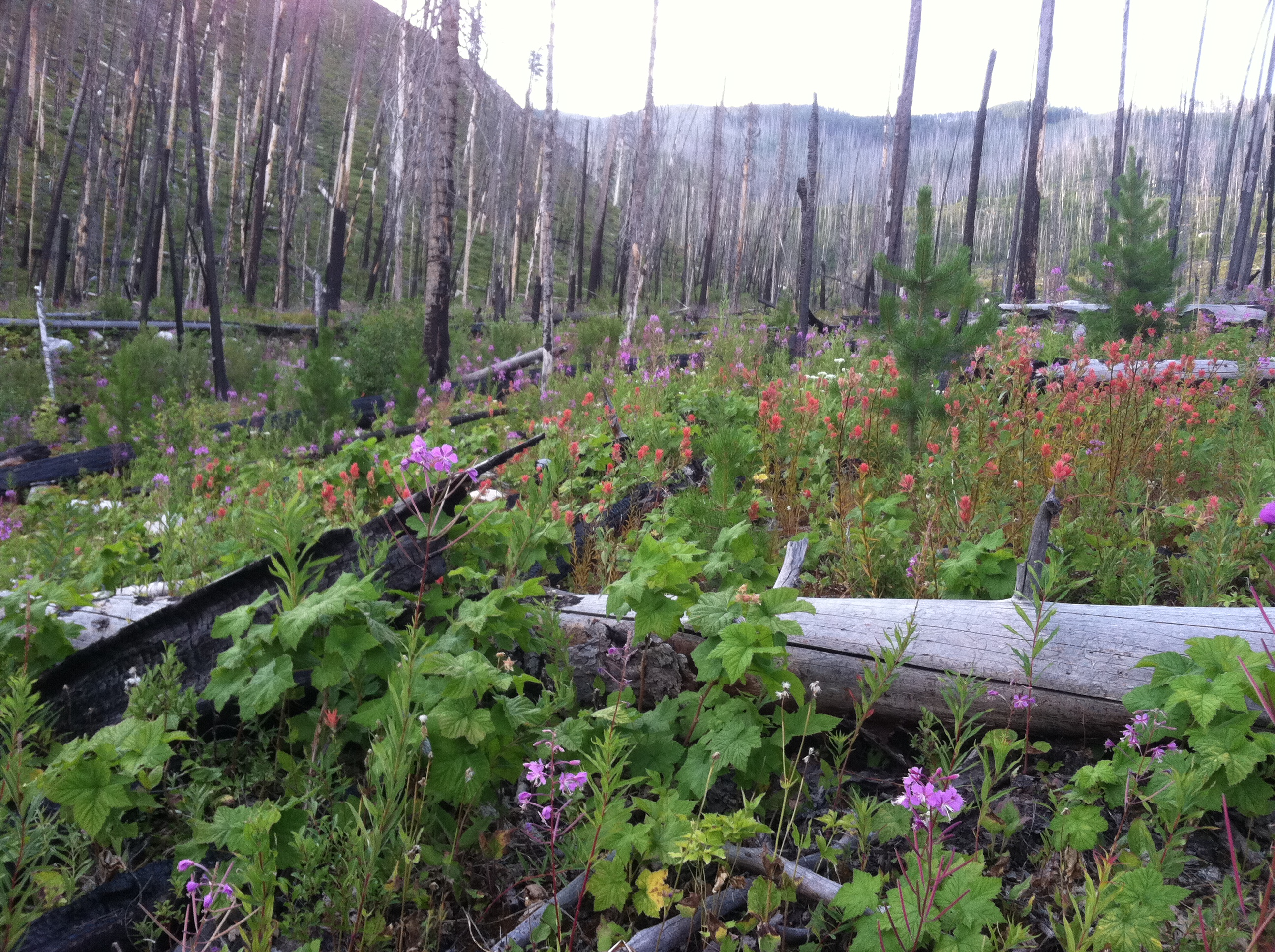This Central Idaho Fire and Fuels Workshop brought local area and regional managers and scientists together to share recent research findings and discuss their implications for vegetation and wildland fire management. The workshop was designed to facilitate an exchange of ideas between scientists and managers and to encourage collaboration on developing post-fire vegetation management and wildland fire management strategies.
Northern Rockies Fire Science Network partnered with the University of Idaho (Eva Strand), Rocky Mountain Research Station (Andrew Hudak), Pacific Northwest Research Station (Paul Hessburg and Nick Povak) and University of Washington (Susan Prichard) to coordinate this workshop.
Workshop presentations are available in the Files block.
Related Documents from the Research and Publications Database
Event Details
Jun 11 2018, 1 - 7pm
Jun 12 2018, 7am - 7pm
Jun 13 2018, 7am - 12:30pm
